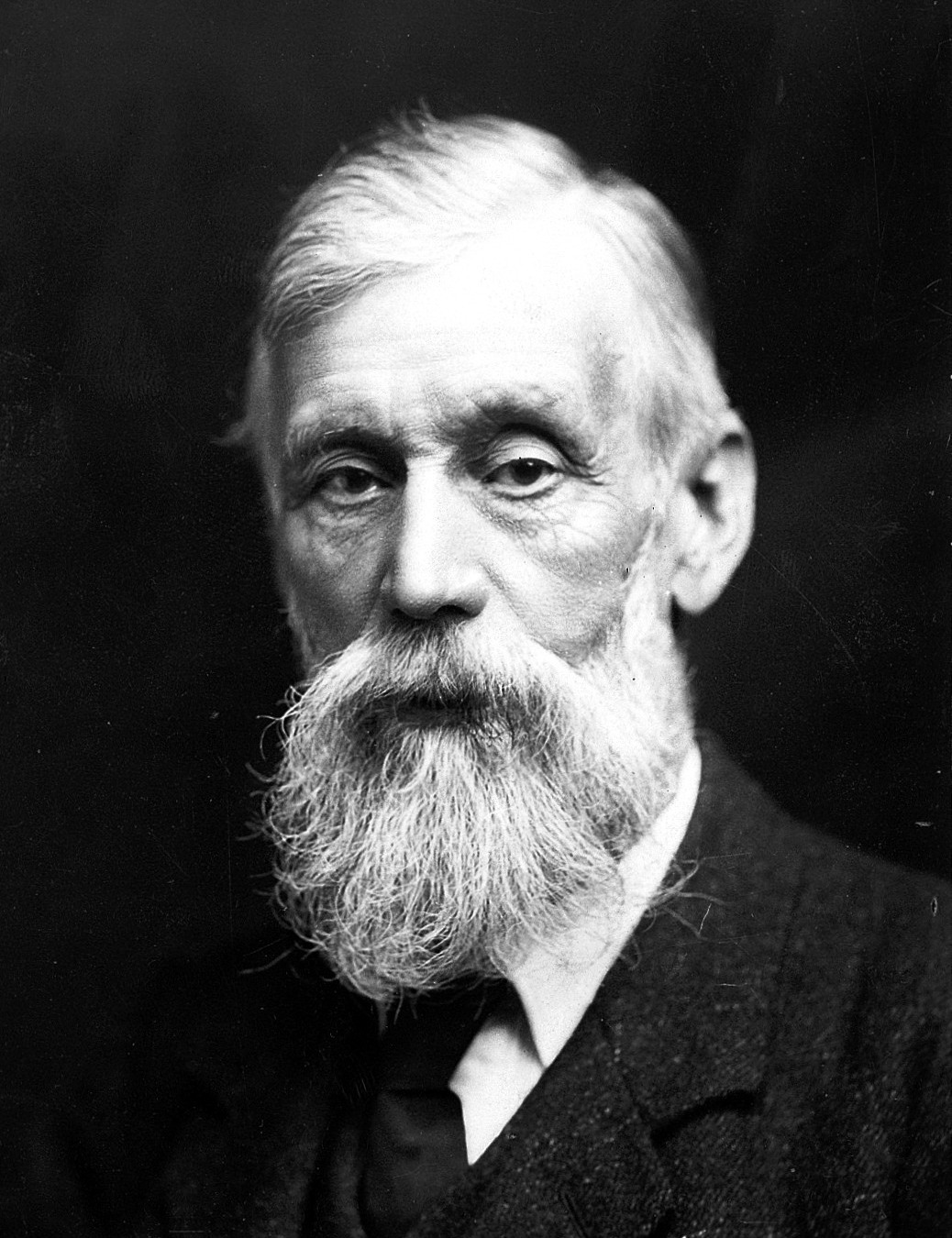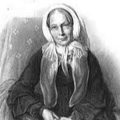Sir Michael Foster
"In hybridizing, be bold"
Today is the anniversary of the death of the English physician and iris breeder Sir Michael Foster.
In the late 1890s, Michael became the first person to crossbreed and name new varieties of Iris. Michael started working with purple and yellow iris. He was successfully able to produce a beautiful blend by the third generation.
In short order, Michael was receiving large wild iris specimens from all over the world. Missionaries were a great help to him and sent Trojana, Cypriana, and Mesopotamica specimens from the deserts in the Near East.
Over time, Michael was able to create irises with bigger blooms and habits with higher and wider branching stems. Michael crossed late bloomers with early bloomers and created intermediate bloomers. Michael once wrote to his friend the breeder William John Caparne, advising, "In hybridizing, be bold" and Michael gave us a clue to how he regarded his work with the natural world:
"Nature is ever making signs to us; she is ever whispering to us the beginnings of her secrets."
In 1888, Michael introduced “Mrs. Horace Darwin” - a white iris with pale violet markings - which he had named after one of his neighbors, the daughter-in-law of Charles Darwin. Michael often named his iris in honor of his many female friends.
After Michael’s work became well known, iris breeding took off.
Thirteen years after Michael's death, the American Iris Society was founded in 1920. Today, there are thousands of varieties of Iris.
And, here’s one final tidbit about Sir Michael Foster. Like many botanists, Michael was a doctor. In 1877, he discovered and documented a phenomenon he called the patellar reflex, and he noted that "Striking the tendon below the patella gives rise to a sudden extension of the leg, known as the knee-jerk."
This post was featured onThe Daily Gardener podcast:
helping gardeners find their roots,
one story at a time






